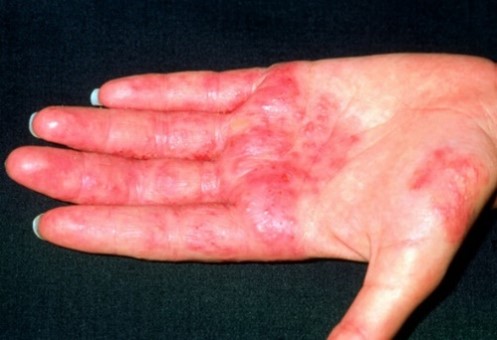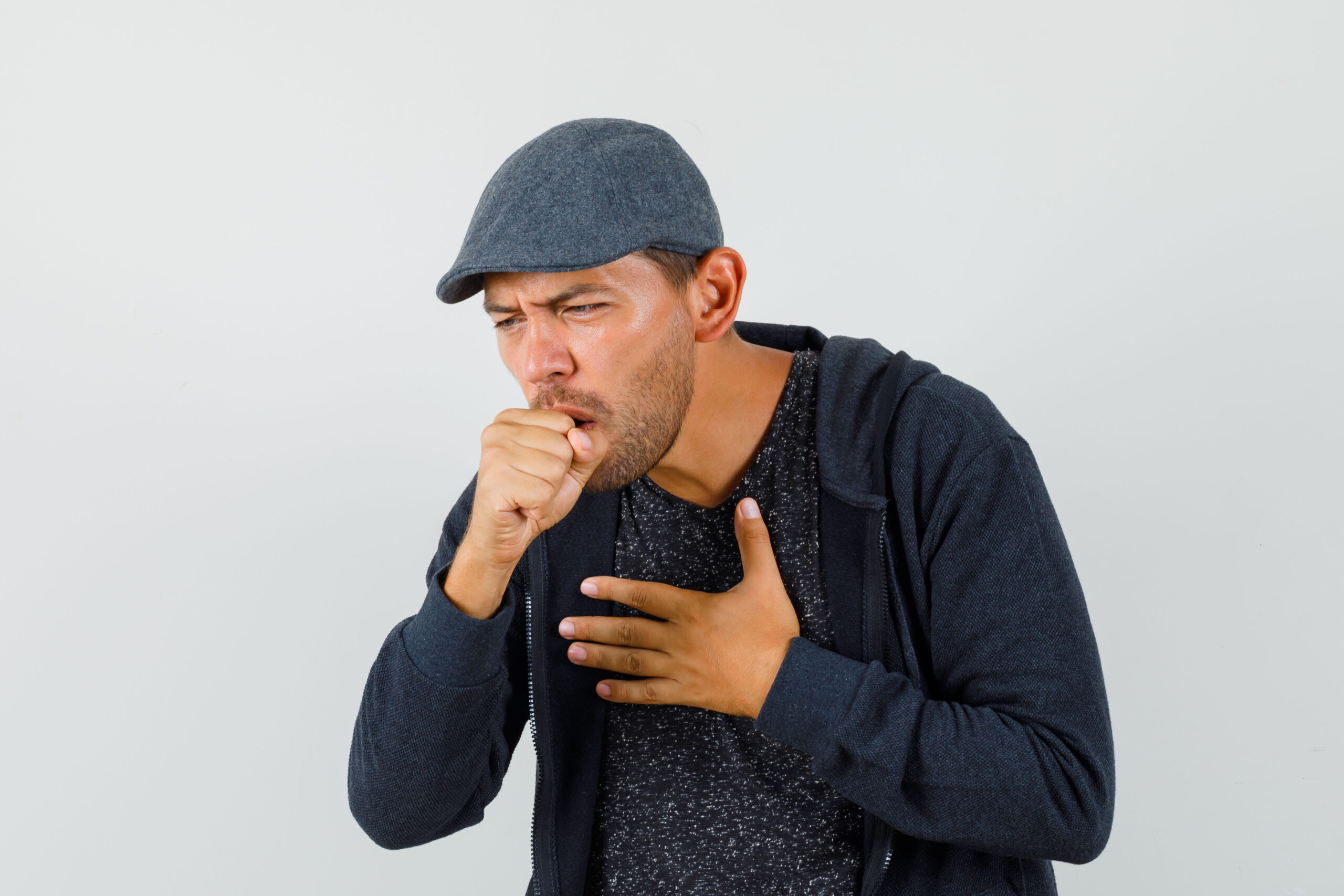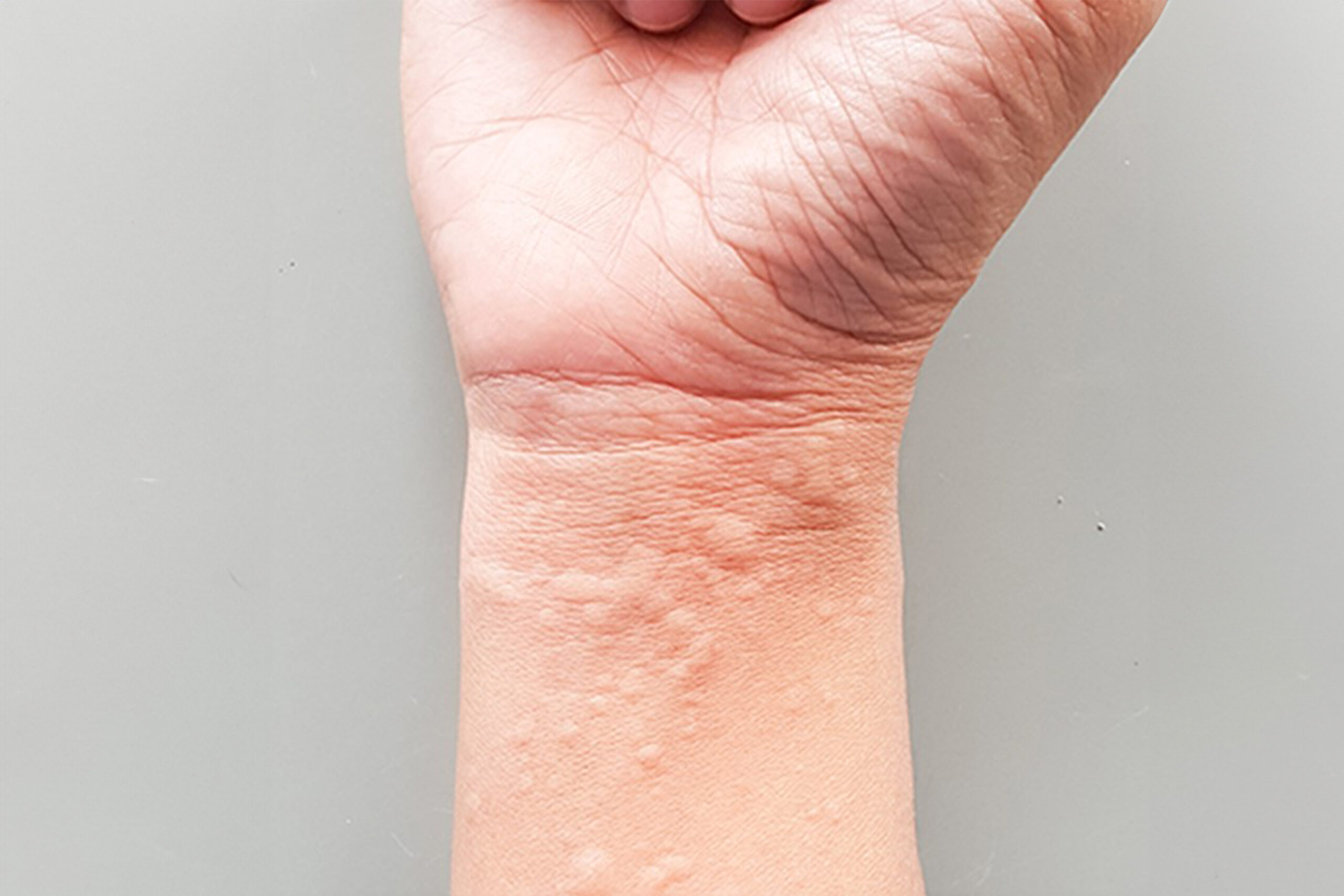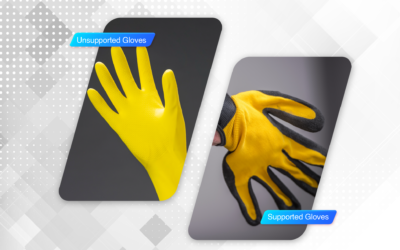Latex allergy is a growing concern in healthcare centers, especially those who always wear disposable latex gloves.
However, there is less focus on those who wear reusable latex gloves to conduct their jobs.
When we talk about reusable gloves, we can think of household wives and janitorial workers wearing thick gloves for the cleaning process.
Apart from that, industrial workers who work in food processing are wearing thick reusable gloves for cutting, slicing, and other jobs.
All these applications required a long hour of glove-wearing. It is a big occupational risk if glove users are not able to identify whether they are having any allergy to latex gloves.
Latex allergy is a kind of hypersensitive reaction to latex glove users on their skin. According to a study by Department of Community Medicine, Malaysia hypersensitivity cases are consisting of irritant contact dermatitis (18.6%) and allergic contact dermatitis (6.1%).
This is creating a red alert to consumers whose job requires them to wear latex gloves for long periods of time, especially those who need to wear thick reusable gloves for job applications.
In this article, we will discuss in-depth on the types of allergic reactions, where does it come from, symptoms, and actions that need to be done if you are having any allergic issues.
Types of Allergic Reactions
Let’s get into the topic. When we talk about allergies, do you know how many types of allergic (hypersensitive) reactions there are?
Basically, there are four types of hypersensitive reactions generally, which are Type I, II, III, and IV.
Type I hypersensitive is a type of immediate reaction that involves Immunoglobulin E (IgE) in the immune system.
Your body overreacts to the allergen (for example protein) by producing IgE (antibody). This overreacts activity by the antibody is causing the allergic reaction.
Type II hypersensitive is mainly caused by a cytotoxic reaction in the body.
For example, there is a mismatch of blood that can cause red blood cells to destruct in the body. The foreign blood will be attacked by the immune system known as Immunoglobulin G & M (IgG and IgM).
Type III hypersensitive is an allergy to antibodies.
This hypersensitive reaction can cause a failure of the immune system when consuming unmatched antibiotics.
Type IV hypersensitive is related to contact dermatitis.
One of our internal antibodies (T-Cell) overreacted to foreign chemicals, such as sulfur, zinc, and accelerator, and caused rashes on hand.
| Type I | Type II | Type III | Type IV | |
| Immune System Involvement | IgE | IgG or IgM | IgG | T-Cell |
| Reaction Type | Allergic | Cytotoxic | Immune Complex Deposition | Delayed |
| Reaction Time | Immediate | Immediate | Immediate | Delayed |
| Examples of Hypersensitivity | Insect bites, Penicillin, Natural Latex, Protein, Dust, Chemical Cleaning Supplies | A mismatch of blood causes red blood cell destruction | Immune System Failure when consuming antibody | Contact dermatitis, Nickel, Zinc, Curing Accelerator |
(Source : https://knowmedge.com/blog/medical-mnemonics-types-of-hypersensitivity-reactions/)
The short clip here provides an overview of hypersensitivity and its reaction mechanism.
(Source : https://youtu.be/jXTW4F-8jd4)
Since we are mainly discussing latex allergy, we only focus the discussion on Type I hypersensitivity in this article.
What is Latex Allergy and Where does it Come From?
Latex allergy is a reaction to a certain protein found in natural latex, a substance that comes from rubber trees, Hevea Braziliensis.
Natural latex will be used to produce latex products including toys, rubber parts, and disposable and reusable gloves for consumer applications.
In the occupational population, healthcare professionals and hospital staffs are the big portion of people that highly consume latex disposable gloves.
The high utilization of latex gloves creates a higher tendency in latex allergy cases. Latex allergy falls under Type I hypersensitivity.
On the other hand, household wives will be another big sector that will impact them on latex allergies. Most of the household gloves are used at home, they require wearing them for a certain amount of time to do their job.
Less educational information has passed to housewives on what is the potential risk they are facing and how to identify latex allergy symptoms.
Symptoms of Type I Hypersensitivity
Most people do not know whether they have any allergy to latex.
In order to provide an alert to the public, below we have summarized some common symptoms on your body when you are allergic to latex (Type I Hypersensitivity).
| Mild Hypersensitivity | |
 |
 |
| Itchy Hand | Hand Redness (Eczema) |
| Severe Hypersensitivity | |
 |
 |
| Hives / Rashes | Hand Swelling |
 |
 |
| Shortness of Breath | Chest Tightness |
| Fatal Hypersensitivity |
 |
| Anaphylaxis (a severe, life-threatening reaction) |
Who is at Risk of Latex Allergy?
- Food Processing Workers
- Manufacturing Workers
- Household Users
- Janitorial Workers
- Cleaning Workers
How to Treat Latex Glove Allergy?
- Immediately remove the latex glove that you are wearing.
- If you have a less severe reaction, you may prescribe antihistamines or corticosteroids.
- If you have a severe allergic reaction, you need to prescribe an injectable epinephrine.
- If you have an anaphylactic reaction, you need to immediately go to Hospital Emergency Department for an adrenaline injection (also known as an epinephrine injection).
How Low Protein Glove can be a Game Changer?
The latex allergy is originally from the water-soluble protein that is obtained in natural latex.
In order to reduce the probability of getting latex allergy on household and industrial gloves, Nastah has controlled the protein content in LESS THAN 50 µg/g in every piece of produced latex gloves according to ASTM D5712 – 15 (2020).
By controlling the total quantity of latex content in the glove, consumers can enjoy better protection when they are wearing Nastah’s glove to conduct their daily jobs.
The protein content testing is tested under Malaysian Rubber Board (Lembaga Getah Malaysia LGM).
How Nastah Protects Customers From Latex Allergies?
At Nastah, we prioritize the safety and well-being of our customers.
Our YFL1, YFL2, LYFL3, BFL3, WFL2, and GFL2 undergo strict quality control measures to ensure low allergenic on the gloves.
If you wish to know more about our gloves, feel free to contact us for more information.





